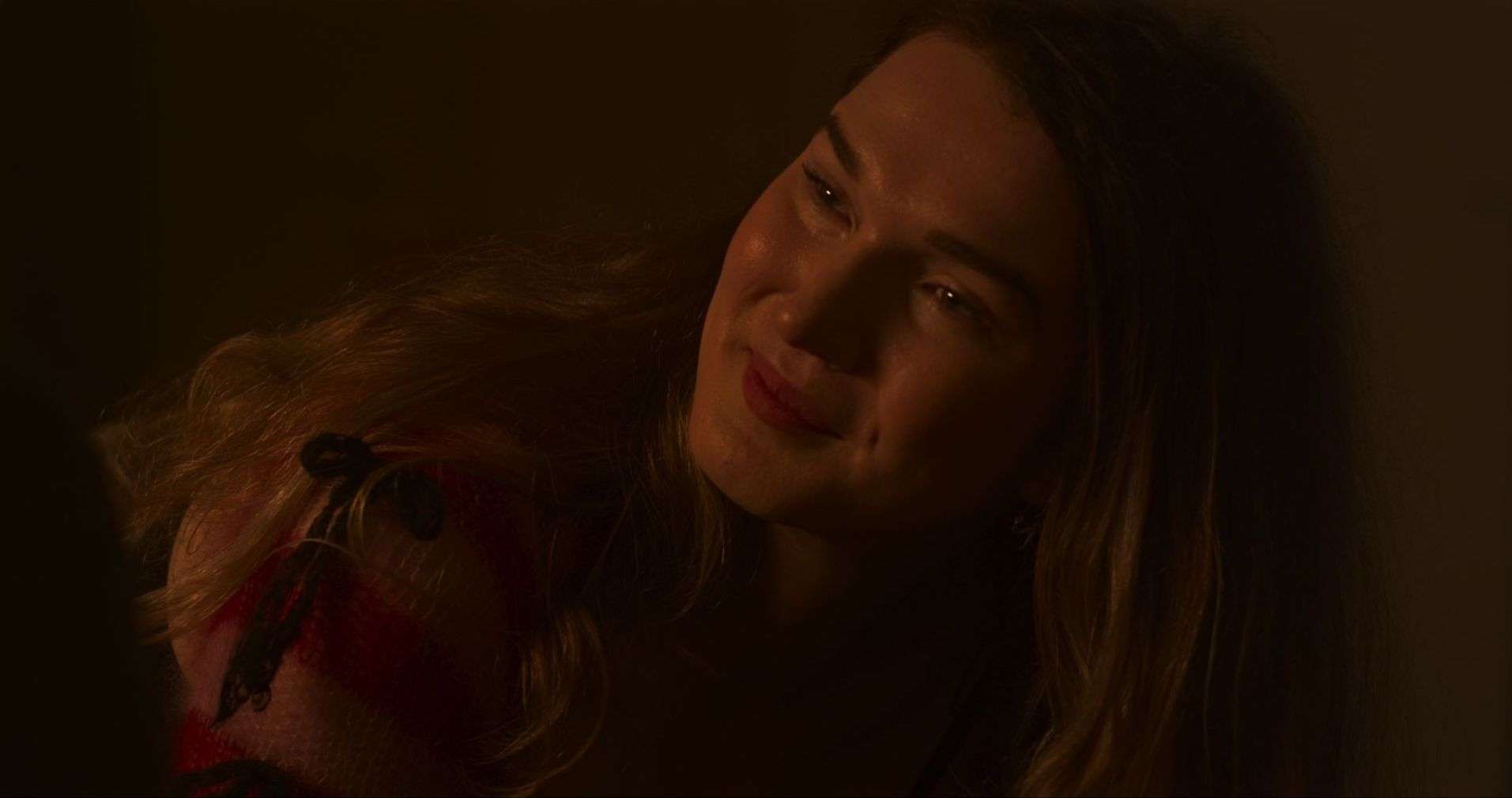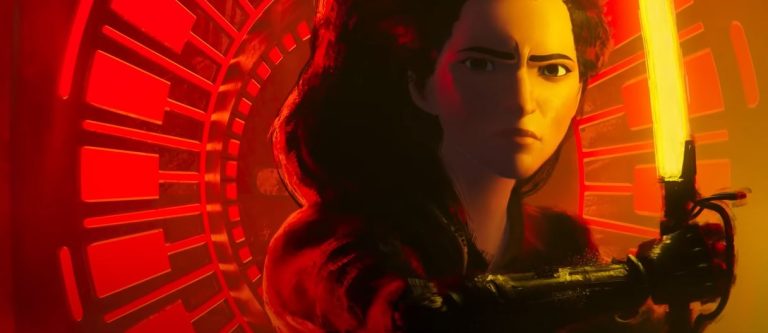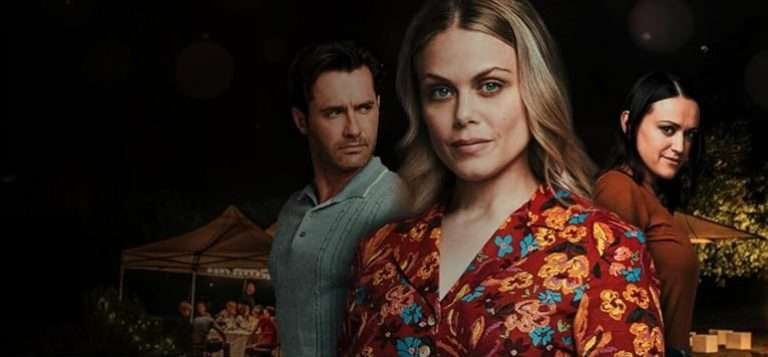Alice Maio Mackay, one of the youngest and most promising voices in the queer horror genre — whose oeuvre hones in on the trans experience — has done it again. Her long string of impressive features, including “Bad Girl Boogey,” “T Blockers,” and “So Vam,” foster a beautiful, profound connection with the audience while the horror plays out in bursts, replete with ancient parasites, rebellious vampires, and masked killers. Her latest no-budget trans horror, “Carnage for Christmas,” is perhaps her most visually interesting work so far: although the story does suffer from narrative overindulgence, the strong emotional subtext and artistic flairs make way for a smart, savvy whodunnit that leaves a deep impression.
“Carnage for Christmas” sets the mood with a classic slasher tale turned on its head, told over a true-crime podcast by Lola (a brilliant Jeremy Moineau), who is prompted into telling a grislier tale about her hometown Purdan, which is still shrouded in the legend of the Toymaker. Mackay wears her horror inspirations on her sleeve, indicative in the tell-tale story of a man hacking up his family while donning a Santa suit on Christmas: the suit, initially emerging as a symbol of innocence and mirth, twists into something more dark and sinister.
Lola filters this local legend through a coming-of-age ritual that took place before her transition, and this otherwise cliché horror snippet is elevated through moody animated panels that capture the town’s gothic, surreal aura. However, Purdan is more than just an eerie little town, as the true horrors lie in the attitudes of the bigoted townsfolk who reside there.
Homecoming evokes complicated feelings for Lola for obvious reasons: she hasn’t visited Purdan since her transition and is somewhat of a local celebrity due to her podcast, evoking intolerance and envy among most. The moment she sets foot in town to spend Christmas with her sister Danielle (Dominique Booth), the ghost of what seems to be the Toymaker emerges, slashing away with a crumbling Santa mask and a personal interest in instigating Lola.

The local cops are as incompetent as you might expect them to be, gleefully dismissing the murder and disappearance of queer women while poking fun at their identity, as if incapable of viewing their lives as inherently meaningful. As the murders coincide with Lola’s return, she quickly becomes a person of interest, although the police spend more time investigating her transition than the dreadful murders that occur at an alarming rate. These heavy, somber moments filled with clawing tension allow us a glimpse into the morbid reality of Purdan, an urgent mirror to real-world spaces that breed such repulsive rhetorics of intolerance.
The horror aspects of the film rely on time-tested tropes and genre conventions: spilled-out guts mark sites of the crime, disturbing Christmas cards and dolls are left at doorsteps, and the killer charges with incensed frenzy and zero remorse. Although the true identity of the killer feels rather predictable, it does not detract from the central mystery, as Vera Drew’s expressionistic editing injects the whodunnit with delightfully jarring panache, and Moineau’s ability to ground the setting works wonders from start to finish. Moineau’s Lola is both fierce and vulnerable, a competent sleuth whose authenticity shines in every frame she’s in, especially when she refuses to bow down to fear in the face of something she’s such an unwitting, integral part of.
Given the film’s limited budget, the frenetic nature of the kills, which evolve into more grotesque spectacles, are most impressive, interspersed with pathos and rage that encircle the film like a tornado. Some narrative trails feel overstuffed but end up unraveling in a satisfying fashion — this is a film with voices so indispensable and unique that these flaws are rather easy to overlook. Every film Mackay makes will forever be integral to the trans queer-horror experience, and such an insanely talented, emerging voice will always be heard through Fantasia and beyond.





![Photograph [2019] ‘NYIFF’ Review: A minuscule love story containing multitudes of suppressed emotions](https://79468c92.delivery.rocketcdn.me/wp-content/uploads/2019/03/Photograph-NYIFF-HOF1-768x511.jpg)
![Kakababur Protyaborton [2022] Review – More of a lacklustre travelogue of the Savannah than a Film](https://79468c92.delivery.rocketcdn.me/wp-content/uploads/2022/04/Kakababur-Protyaborton-2022-768x432.webp)


